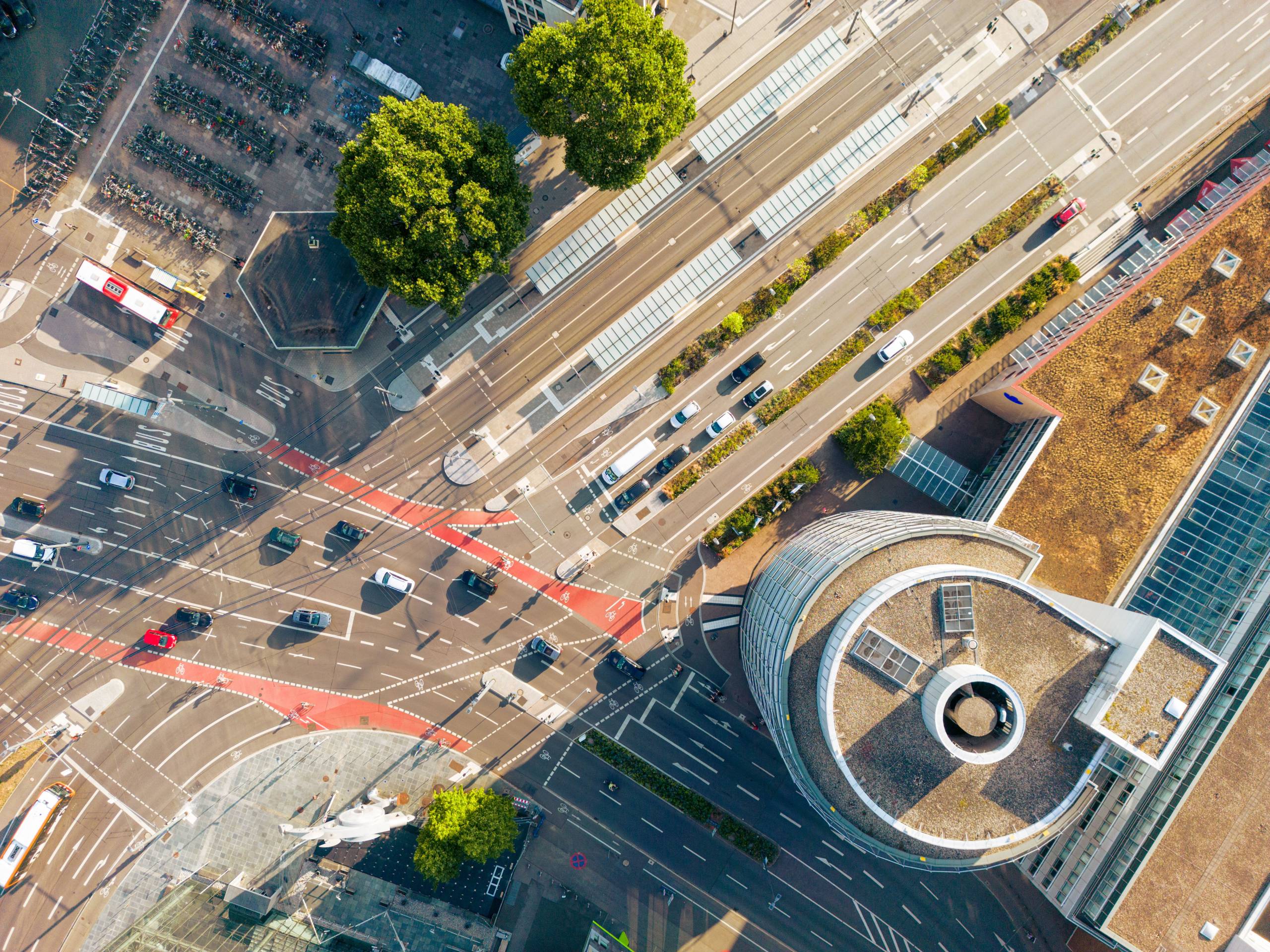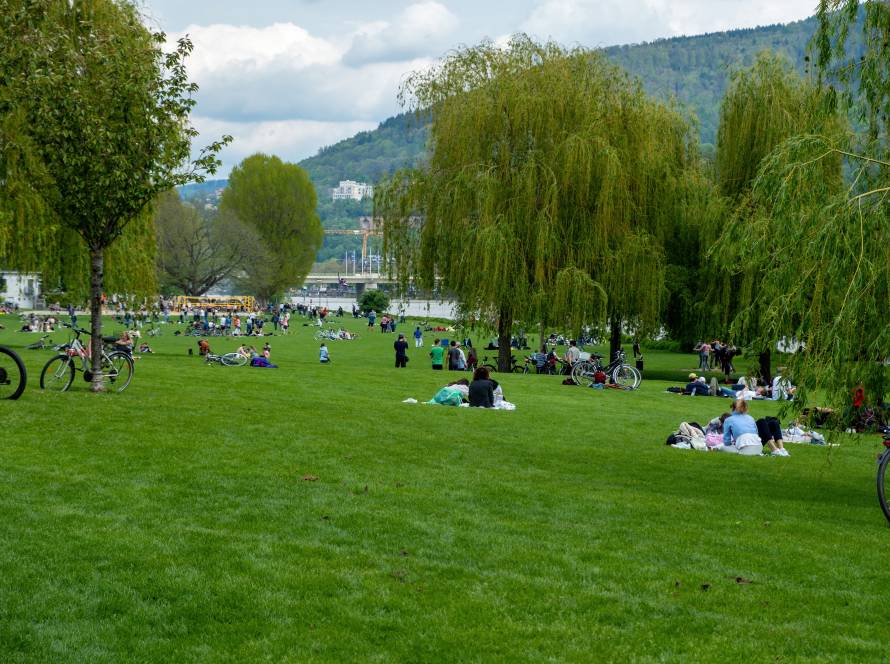Heidelberg, renowned for its rich history and picturesque landscapes, is also making significant strides in modernizing its transportation policies. The city’s approach focuses on sustainability, efficiency, and inclusivity, aiming to enhance mobility while reducing environmental impact.
Klimamobilitätsplan 2035: A Vision for Sustainable Mobility
Central to Heidelberg’s transportation strategy is the Klimamobilitätsplan 2035. This comprehensive plan serves as a strategic framework for all transportation projects in the city up to the year 2035. It encompasses various modes of transport—including buses, trains, cars, bicycles, and pedestrian pathways—and addresses diverse travel purposes such as commuting, education, shopping, and leisure activities. A key aspect of the plan is active citizen involvement, ensuring that the community’s needs and insights shape the future of mobility in Heidelberg. citeturn0search10
Economic Transportation: Balancing Commerce and Traffic Flow
Economic transportation, which includes the movement of goods and services, constitutes approximately one-third of Heidelberg’s road traffic. Recognizing its impact, the city integrates economic transportation considerations into its overall traffic and transportation policies. Efforts are underway to optimize logistics, reduce congestion, and minimize the environmental footprint of commercial transport activities. citeturn0search0
Citizen Initiatives: Advocating for a Bicycle-Friendly City
Grassroots movements play a pivotal role in shaping Heidelberg’s transportation landscape. The „Radentscheid“ initiative, for instance, has been actively gathering signatures to promote a more bicycle-friendly environment in the city. Their advocacy underscores the community’s desire for safer cycling infrastructure and reflects a broader trend towards sustainable urban mobility. citeturn0search5
Challenges and Future Directions
While Heidelberg has set ambitious goals, including achieving climate neutrality by 2030, the path forward presents challenges. Significant reductions in CO₂ emissions, particularly from the transportation sector, are imperative. The city must balance the diverse needs of its residents, businesses, and visitors, all while fostering a culture of sustainability and innovation.
In conclusion, Heidelberg’s transportation policy exemplifies a forward-thinking approach that harmonizes historical preservation with modern mobility solutions. Through strategic planning, community engagement, and a commitment to sustainability, the city is paving the way for a more connected and environmentally conscious future.



